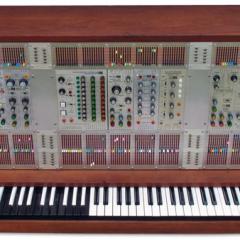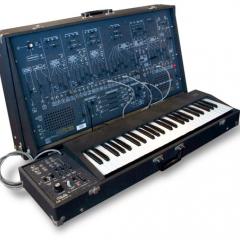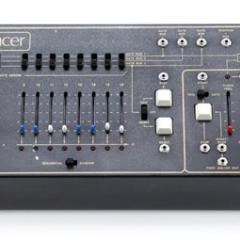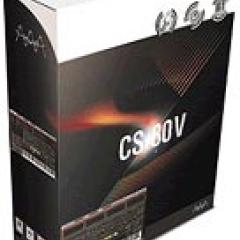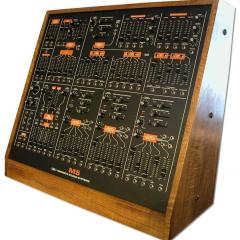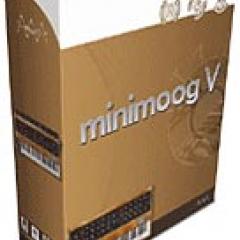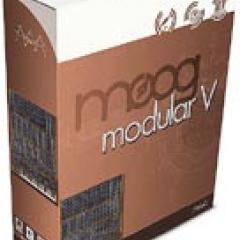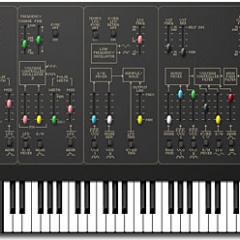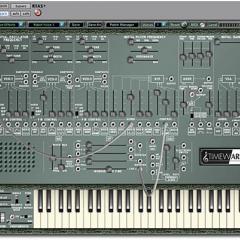Arturia ARP 2600V


Arturia has been doing amazing work in the business of providing computer-based musicians analog emulations of classic synths (like the CS-80 V and Moog Modular V). Now they have brought us the king of classic modular synthesizers with the ARP 2600V. Using their own TAE (True Analog Emulation) technology they have recreated the look and sound of an ARP 2600 along with the famous ARP Sequencer Model 1601 and an ARP keyboard for an absolute monster package of awesome analog sounds for around $249! And it supports all major plug-in and stand-alone formats for Macintosh and Windows computers (VSTi, DXi, RTAS, HTDM, Audio Units, DirectX, ASIO, CoreAudio).
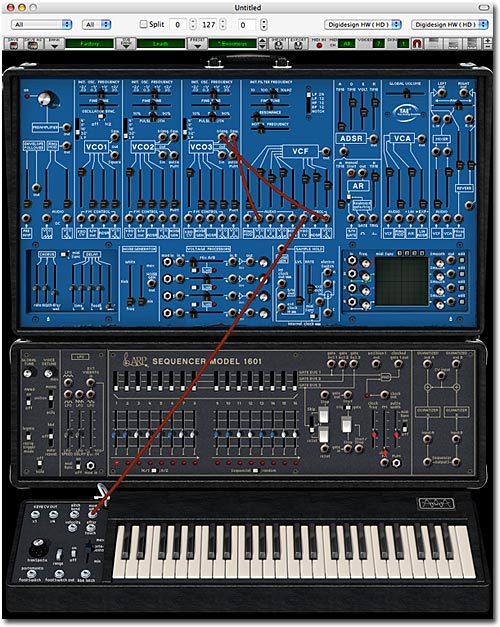
click image to enlarge
At first glance the interface looks almost exactly like a real ARP 2600. Editing and creating your sounds would be done as if you were sitting in front of the real thing. The obvious changes can be found hidden away behind the faux speaker grilles - the addition of Chorus and Delay effects and an array of four tracking generators for creating custom, tempo-synced LFOs. Actually put the ARP 2600V up against a real 2600 and you'll notice many more differences between the two. The three VCO's can now be switched to operate as LFO's, and MIDI sync switches can be found around the sample-and-hold, LFO and sequencer sections. The original's single lowpass filter is replaced by a multi-mode filter with plenty of options. There is a 24 dB lowpass modeled after the 1st generation of ARP synthesizers (known as the 4012 filter). There is a 24 dB low pass modeled after the 2nd generation (known as the 4072 filter). And there is a 12 dB multimode from the ARP 2500 with high, low, band pass and notch filtering. They all sound ARP-like, are resonant and can self-oscillate.
As for the sound, well it sounds amazing! It is definitely ARP-like, but is nowhere near as authentic as TimewARP 2600. But it still sounds amazingly warm and rich as a virtual analog modular synthesizer. It ships with over 400 presets created by various artists covering everything from throbbing basses to rhythmic textures and pad sweeps. Creating your own sounds is challenging, but worth it. If you can program the real thing, you'll feel right at home patching up sounds in the 2600V. Otherwise, this plug-in is a great teaching tool for newbies to modular synthesis. The virtual patch cords will wiggle out of the way of your mouse as you move around the interface making the 2600V feel like it's alive! And the 16-step analog sequencer is pure old-school and really the easiest way to create your own simple sequences and arpeggio patterns.
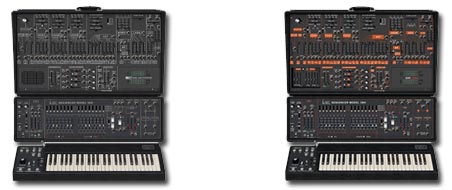
Those who know the history of the 2600 know it's been through many revisions. Pictured above are alternative "skins" for the interface to replicate the blue and grey "meanies" and the orange-on-black paint schemes, but there are no sonic differences. No matter which skin you choose, you'll have probably the most versatile and powerful modular synthesizer with sparkling sound quality (96kHz, 64-bit) ready to bring your music to life! It may not sound as authentic as the TimewARP 2600, but it's still a brilliant soft-synth with its own classic sound and dazzlingly nostalgic interface!
Demos & Media
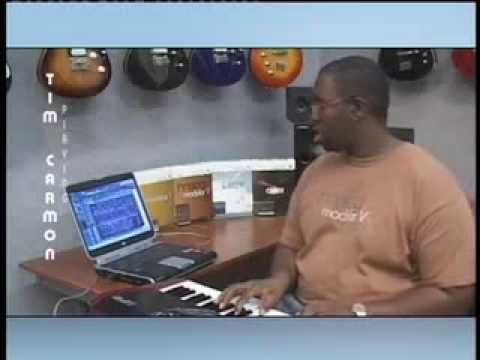
Specifications
Plug-In: VSTi, DXi, RTAS, HTDM, Audio Units.
Resources
Images from Arturia.
